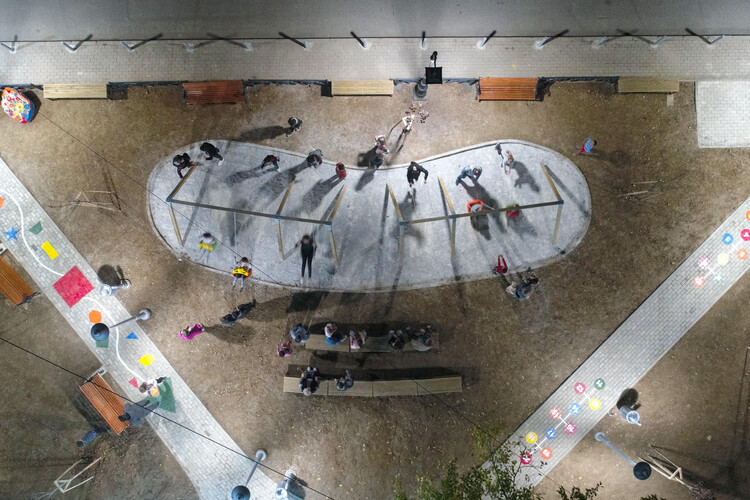
This week's curated selection of Best Unbuilt Architecture highlights public spaces and buildings submitted by the ArchDaily Community. From bridges to squares, from parks to markets and train stations, this article explores the various kinds of public infrastructure that support the urban fabric, showcasing distinct approaches worldwide.
Featuring a bridge that doubles as a garden in China, the redevelopment of public spaces to meet contemporary needs in Montenegro and the Czech Republic, or a pier park in New York, the round-up spans various scales, from single architectural objects to urban strategies, to masterplans. The following projects reveal the ideas that shape public spaces and amenities in different contexts, illustrating diverse approaches towards what constitutes the backbone of the urban fabric.

































































